Which of the following growth curves shows a population that is at its carrying capacity?
A. B
B. C
C. A
D. D
For those aiming to excel in their ATI TEAS test and secure admission into their desired nursing program, ExamGates offers an invaluable resource. Our platform features practice questions meticulously crafted by tutors who have previously aced the exam themselves. With ExamGates, you can access content that is 100% relevant to the test, accompanied by vivid images and illustrations. Additionally, our platform provides comprehensive explanations for both correct and incorrect answers, empowering you to fully grasp the material and optimize your study efforts. Take the first step towards your nursing aspirations with ExamGates today.
A population is said to be at its carrying capacity when it has reached the maximum number of individuals that can be sustained in a particular environment over a prolonged period of time, given the available resources and the prevailing environmental conditions.
In other words, carrying capacity refers to the maximum population size that a given ecosystem can support without being depleted of resources or experiencing environmental degradation. Once a population reaches its carrying capacity, its growth rate slows down and stabilizes, as individuals start to compete more intensely for resources such as food, water, and shelter, and mortality rates increase.
Carrying capacity is an important concept in ecology and population biology because it helps to explain the dynamics of natural populations and how they are influenced by changes in the environment, such as climate change, habitat loss, and human activities.

Therefore, the Correct Answer is A.
More Questions on TEAS 7 Science Exam 3
Question 1:
Which of the following correctly orders structures from simple to complex?
A. Cells, tissues, atoms, organs
B. Atoms, organs, tissues, cells
C. Atoms, cells, tissues, organs
D. Organs, tissues, cells, atoms
The Correct Answer is C.The correct answer is c. Atoms, cells, tissues, organs. This is the correct order of structures from simple to complex. Atoms are the smallest and simplest units of mater. Cells are made up of atoms and are the basic units of life.
Tissues are groups of similar cells that work together to perform a specific function. Organs are made up of different types of tissues and perform more complex functions.
A. Cells, tissues, atoms, organs is not the correct order from simple to complex.
B. Atoms, organs, tissues, cells is not the correct order from simple to complex.
D. Organs, tissues, cells, atoms is not the correct order from simple to complex.
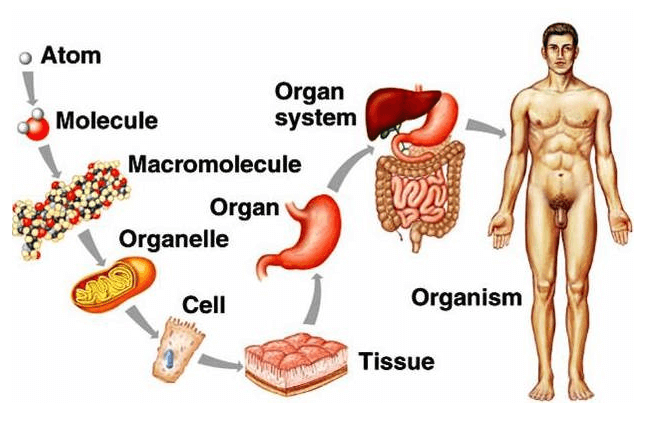
Question 2:
Which of the following layers of skin lack blood vessels?
A. Papillary
B. Epidermis
C. Reticular
D. Hypodermis
The Correct Answer is B.The layer of skin that lacks blood vessels is the epidermis. The epidermis is the thin outer layer of the skin and does not have any blood vessels within it. It is composed of keratinized, stratified squamous epithelium and is made of four or five layers of epithelial cells, depending on its location in the body.
The other options are not correct because they do contain blood vessels. The papillary layer is part of the dermis, which contains blood vessels. The reticular layer is also part of the dermis and contains blood vessels . The hypodermis is a layer below the dermis and also contains blood vessels.
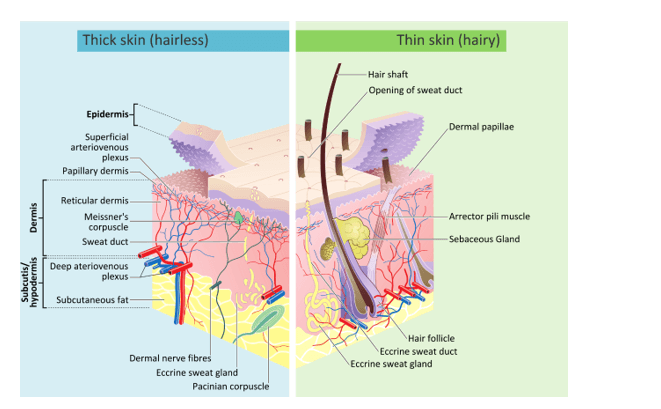
Question 3:
Which of the following is the function of a totipotent cell?
A. Develops into any kind of cell
B. Fights infectious diseases
C. Aids in the maturation of sex cells
D. Carries electrical impulses
The Correct Answer is A.The function of a totipotent cell is to develop into any kind of cell ¹. Totipotent cells have the capacity to produce all adult cell types and can enter the germ line, contributing genetic material to succeeding generations ?. They have the ability to self-replicate, producing daughter cells that are identical to the parent ?.
The other options are incorrect because they do not accurately describe the function of a totipotent cell. Fighting infectious diseases, aiding in the maturation of sex cells, and carrying electrical impulses are not functions performed by totipotent cells.
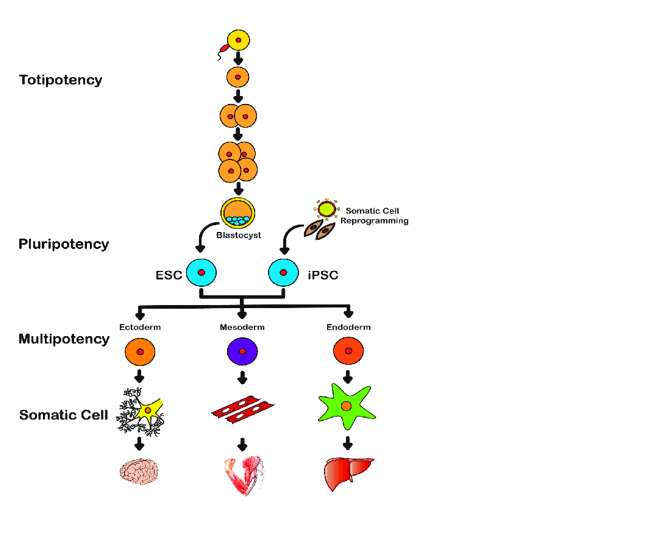
Question 4:
Which of the following substances is excreted by sweat glands in response to the breakdown of proteins and the formation of ammonia?
A. Lysozymes
B. Urea
C. Water
D. Sebum
The Correct Answer is B.Urea is a waste product that is formed when proteins are broken down in the body. It is excreted by the kidneys in urine, but small amounts can also be excreted by sweat glands in sweat.
The other options are not substances that are excreted by sweat glands in response to the breakdown of proteins and the formation of ammonia. Lysozymes are enzymes that break down bacterial cell walls, water is a component of sweat but is not specifically related to protein breakdown, and sebum is an oily substance produced by sebaceous glands to lubricate the skin.

Question 5:
Which of the following is a component of the integumentary system that secretes pheromones?
A. Fossa ovalis
B. Seminiferous tubule
C. Dermal papilla
D. Apocrine gland
The Correct Answer is D.The apocrine gland is a component of the integumentary system that secretes pheromones. Pheromones are chemical signals that are released by an individual and can affect the behavior or physiology of other individuals of the same species.
The other options are not components of the integumentary system that secrete pheromones. The fossa ovalis is a depression in the interatrial septum of the heart, the seminiferous tubule is a structure in the testes where sperm are produced, and the dermal papilla is a structure at the base of a hair follicle that provides nutrients to the hair.
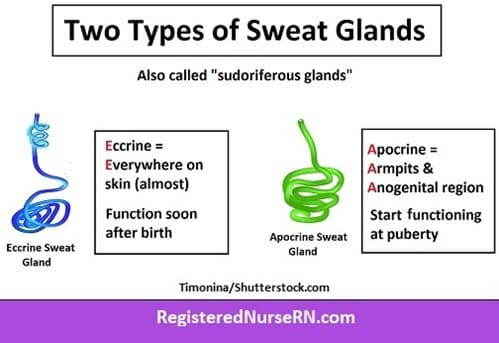
Question 6:
Which of the following is a protein present in blood plasma?
A. Monocytes
B. Platelets
C. Fibrinogen
D. Lymphocytes
The Correct Answer is C.The correct answer is c. Fibrinogen. Fibrinogen is a protein present in blood plasma that plays a key role in blood clotting. When an injury occurs and bleeding begins, fibrinogen is converted into fibrin, which forms a mesh-like structure that helps to trap blood cells and form a clot.
A. Monocytes are a type of white blood cell, not a protein present in blood plasma.
B. Platelets are cell fragments that play a role in blood clotting, but they are not a protein present in blood plasma.
D. Lymphocytes are a type of white blood cell, not a protein present in blood plasma.

Question 7:
Which of the following is a function of bone?
A. Storage of minerals
B. Detoxification of alcohol
C. Secretion of hormones
D. Production of otoliths
The Correct Answer is A.The correct answer is a. Storage of minerals. Bones serve as a storage site for minerals such as calcium and phosphorus. These minerals are essential for various bodily functions and can be released from the bones into the bloodstream when needed.
b. Detoxification of alcohol is not a function of bone. This process occurs primarily in the liver.
c. Secretion of hormones is not a function of bone. Hormones are produced and secreted by glands such as the pituitary gland, thyroid gland, and adrenal glands.
d. Production of otoliths is not a function of bone. Otoliths are small calcium carbonate structures found in the inner ear of fish and other vertebrates that help with balance and hearing.
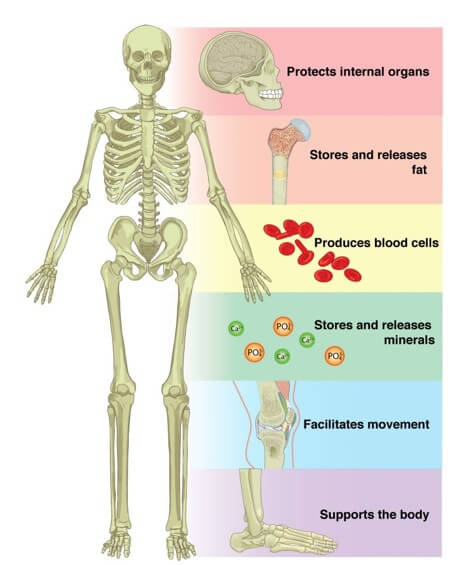
Question 8:
Which of the following is correct regarding the pH scale?
A. A substance with a pH of 3 is two times more alkaline than a substance with a pH of 4.
B. A substance with a pH of 3 is 10 times more alkaline than a substance with a pH of 4.
C. A substance with a pH of 3 is two times more acidic than a substance with a pH of 4.
D. A substance with a pH of 3 is 10 times more acidic than a substance with a pH of 4.
The Correct Answer is D.The correct answer is d. A substance with a pH of 3 is 10 times more acidic than a substance with a pH of 4. The pH scale is a logarithmic scale, which means that each change of one pH unit represents a tenfold change in the hydrogen-ion concentration. A substance with a pH of 3 has a hydrogen-ion concentration that is 10 times greater than that of a substance with a pH of 4.
A. A substance with a pH of 3 is not two times more alkaline than a substance with a pH of 4.
B. A substance with a pH of 3 is not 10 times more alkaline than a substance with a pH of 4.
C. A substance with a pH of 3 is not two times more acidic than a substance with a pH of 4.

Question 9:
An individual suffers severe blunt trauma to the thoracic cavity. Which of the following organs are at greatest risk from this injury?
A. Heart and lungs
B. Brain and spinal cord
C. Liver and stomach
D. Large and small intestines
The Correct Answer is A.The correct answer is a. Heart and lungs. The thoracic cavity contains the heart and lungs, which are at greatest risk from severe blunt trauma to this area.
a.The brain and spinal cord are not located in the thoracic cavity and are therefore not at greatest risk from blunt trauma to this area.
c.The liver and stomach are located in the abdominal cavity, which is below the thoracic cavity. While these organs may be affected by severe blunt trauma to the thoracic cavity, they are not at greatest risk.
d.The large and small intestines are also located in the abdominal cavity and are not at greatest risk from blunt trauma to the thoracic cavity.
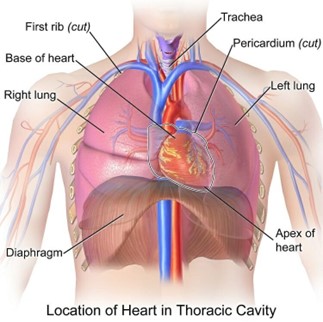
Question 10:
A study found two processes, Process A and Process B, to be correlated. Which of the following is true for these processes?
A. The study indicates that Process A causes Process B.
B. The study cannot indicate whether Process A and B have a positive relationship.
C. The study does not indicate a causal relationship between the processes.
D. The study cannot indicate whether Process A and B have a negative relationship.
The Correct Answer is C.The correct answer is c.
The study does not indicate a causal relationship between the processes. A correlation between two processes means that there is a statistical relationship between them, but it does not necessarily imply causation. In other words, just because two processes are correlated does not mean that one causes the other.
b.The study does not indicate that Process A causes Process B.
b.The study can indicate whether Process A and B have a positive relationship if the correlation is positive.
d. The study can indicate whether Process A and B have a negative relationship if the correlation is negative.